There has been some discussion online and in presentations recently about the issue of photosynthetic photon flux. The argument goes as follows:
- Photosynthetically Active Radiation (PAR) is somewhat arbitrarily defined as optical radiation within the spectral range of 400 nm to 700 nm.
- Exposing plants to far-red radiation (defined as 700 nm to 800 nm) results in an increase in the rate of photosynthesis – the Emerson effect that was first noted in 1957 and confirmed by recent research.
- Many horticultural luminaire manufacturers are now including far-red (725 nm) LEDs in their products.
- The photosynthetic photon efficacy (PPE) of these luminaires is penalized by the definition of PAR because the far-red radiation is not taken into consideration.
- The definition of PAR therefore needs to be changed to allow fair comparison of these products.
The one-word answer to this argument is … no.
Photosynthetic Photon Efficacy
ANSI/ASABE S640 JUL2017, Quantities and Units of Electromagnetic Radiation for Plants (Photosynthetic Organisms): defines Photosynthetic Photon Efficacy (PPE) as:
The photosynthetic photon efficacy (Kp) is the photosynthetic photon flux divided by input electric power. The unit is micromoles per second per electric watt (μmol × s-1 × We-1), or micromoles per joule (μmol × J-1).
Ignoring the technical jargon, the key point here is micromoles of photons. Photosynthesis occurs when a photon is absorbed by a photopigment (primarily chlorophyll A or B). In accordance with the Stark-Einstein law (aka the second law of photochemistry), one photon initiates one chemical reaction, regardless of the photon’s wavelength. We must therefore count the number of photons per second (measured in micromoles per second) rather than lumens or radiant watts for horticultural purposes.
Referring to FIG. 1, McCree (1972) measured the relationship between wavelength and photosynthesis to produce the averaged “McCree curve.” He also acknowledged the Stark-Einstein law, which accounts for the blue line between 400 nm and 700m. What this means is that we can ignore the spectral power distribution of any light source within the range of 400 nm to 700 nm. As long as we have a calibrated PAR (aka “quantum”) sensor – which is basically a radiant wattmeter with the spectral response shown in FIG. 1 – we can measure micromoles of photons per second.
Emerson Effect
In a recent paper, Zhen and Bugbee (2020) presented an excellent argument in favor of redefining photosynthetically active radiation to include the spectral range of 400 nm to 750 nm. The title of the paper even includes the phrase, “Implications for Redefining Photosynthetically Active Radiation.”
The authors are unquestionably correct; far-red photons in effect supercharge the process of photosynthesis, and must – not should, but must – be taken into consideration when defining photosynthetically active radiation.
This does not mean however that the PAR metric should be redefined. Quoting from the abstract of Zhen and Bugbee (2020): “Far-red alone minimally increased photosynthesis … far-red photons are equally efficient at driving canopy photosynthesis when acting synergistically with traditionally defined photosynthetic photons.” In other words, if we assume a spectral range of 400 nm to 750 nm, we cannot unambiguously measure the photosynthetic photon efficacy of a light source without knowing its spectral power distribution. That is, without knowledge of the entire spectral power distribution within this range, we cannot predict the rate of photosynthesis.

Figure 1 – McCree curve and PAR sensor response.
To rephrase the issue, the current definition of PAR assumes that the photosynthesis rate of higher plants is linear with respect to incident radiation within the spectral range of 400 nm to 700 nm. There are obviously minimum and maximum irradiance limits to where this assumption applies, but it is necessary in order for the concept of PAR and hence PPE to have any meaning.
The Emerson effect violates this assumption by making the photosynthesis rate nonlinear – add far-red radiation beyond 700 nm and you will change the rate in the manner that depends on the spectral power distribution of the PAR radiation.
This issue does not concern just horticultural luminaires with 725 nm far-red LEDs. Most red-emitting phosphors used in white-light LEDs and red-emitting phosphor-coated LEDs (e.g., Figure 2) have significant emissions in the far-red, and so may invoke the Emerson effect.

FIG. 2 – LED growlight with phosphor red (Source: www.powergrowsystems.com.)
Regardless, it remains that the definition of PAR cannot redefined. It is not a matter of penalizing horticultural luminaires with far-red emissions, but of simply having a metric that makes sense.
Photomorphological Considerations
There is an additional complication with far-red radiation. Horticultural luminaires including far-red LEDs typically employ 660 nm red and 725 nm far-red LEDs. These wavelengths correspond nicely with the peak absorptances of the Pr and Pfr isoforms of phytochrome, a plant photoreceptor that is responsible for plant morphology from seed germination to leaf senescence, shade avoidance, and circadian rhythms. By offering luminaires with fixed red to far-red (R:FR) ratios, luminaire manufacturers have only begun to explore the horticultural possibilities of far-red radiation.
Does the current definition of Photosynthetically Active Radiation and hence Photosynthetic Photon Efficacy disadvantage horticultural luminaire manufacturers who include far-red LEDs in their products? In one sense, the answer is yes. However, this is a very narrow view of the issue that focuses on a single metric. The goal should be to educate the customer that despite a possibly lower PPE value for the product, the far-red radiation represents a value-added feature.
References
ANSI/ASABE S640 JUL2017, Quantities and Units of Electromagnetic Radiation for Plants (Photosynthetic Organisms). St. Joseph, MI: American Society of Agricultural and Biological Engineers.
McCree, K. J. 1972a. “The Action Spectrum, Absorptance and Quantum Yield of Photosynthesis in Crop Plants,” Agricultural and Forest Meteorology 9:191-216.
Zhen, S., and B. Bugbee. 2020. “Far-red Photons Have Equivalent Efficiency to Traditional Photosynthetic Photons: Implications for Redefining Photosynthetically Active Radiation,” Plant Cell Environ. 2020:1-14. DOI: 10.1111/pce.1370.

0 Comments
Trackbacks/Pingbacks